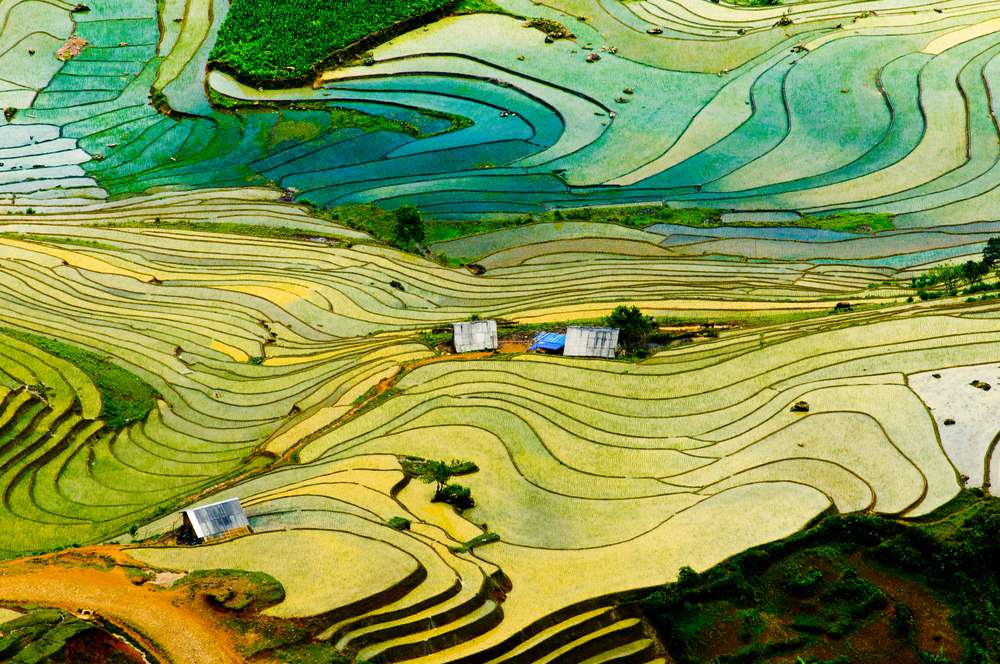Introduction: In the lofty Andean mountains of South America, the ancient Inca civilization flourished, leaving behind an enduring legacy of impressive architecture, engineering, and agriculture. Among their remarkable achievements, Incan terrace farming stands out as a testament to their innovative agricultural practices. This article delves into the fascinating world of Incan terrace farming, exploring its historical significance, engineering brilliance, and enduring impact on modern agriculture.
The Historical Roots of Incan Terrace Farming: Centuries ago, the Inca people cultivated vast expanses of land in the Andes, which presented numerous geographical challenges. In response, they ingeniously transformed steep slopes into terraced agricultural fields. These terraces, known as “andenes,” were designed to harness the natural water flow and sunlight while preventing soil erosion.
The Art of Engineering Marvels: Terrace Construction: Incan terrace farming involved meticulous engineering, with each terrace skillfully carved into the mountain slopes. These stepped platforms were supported by stone walls known as “pirka,” carefully constructed to prevent soil from washing away during heavy rains.
Water Management: An intricate system of irrigation channels, known as “amunas,” channeled water from higher altitudes to lower terraces. This ingenious design ensured each level received the necessary water for crop cultivation, promoting the growth of diverse crops at varying altitudes.
Agricultural Advantages
Soil Conservation: The terraces effectively curtailed soil erosion, preserving fertile topsoil and preventing nutrient loss. This sustainable land management technique contributed to long-term soil fertility, vital for sustaining the population’s agricultural needs.
Crop Diversity: Incan terrace farming facilitated the cultivation of a wide variety of crops, ranging from potatoes and maize to quinoa and medicinal plants. By capitalizing on microclimates created by the terraces, the Incas optimized crop yields and ensured food security.
Cultural and Social Significance
Incan terrace farming was not merely a practical agricultural method; it held immense cultural and social value. These agricultural landscapes were considered sacred and often associated with religious ceremonies and offerings to the gods, reinforcing the deep connection between the Inca people and their land.
Legacy and Modern Applications
Enduring Impact: Despite the decline of the Incan civilization, the legacy of their terrace farming continues to endure. Many of the ancient terraces are still in use today, serving as a living testament to the sustainability and resilience of this agricultural practice.
Inspiration for Modern Agriculture: Incan terrace farming continues to inspire contemporary agricultural practices, particularly in regions with challenging terrain. Lessons from the past, such as water management techniques and crop diversity, are increasingly incorporated into modern sustainable farming methods.
Conclusion
The Incan terrace farming system remains an extraordinary example of how ancient civilizations skillfully adapted to their environment to ensure agricultural success. Through ingenious engineering, they transformed seemingly inhospitable landscapes into bountiful oases, sustaining their civilization for generations. The legacy of Incan terrace farming endures, inspiring modern agriculture to embrace sustainable practices and cultivate a deeper connection with the land. As we reflect on this remarkable chapter of history, we gain valuable insights into the harmonious relationship between human ingenuity and nature’s bounty.


